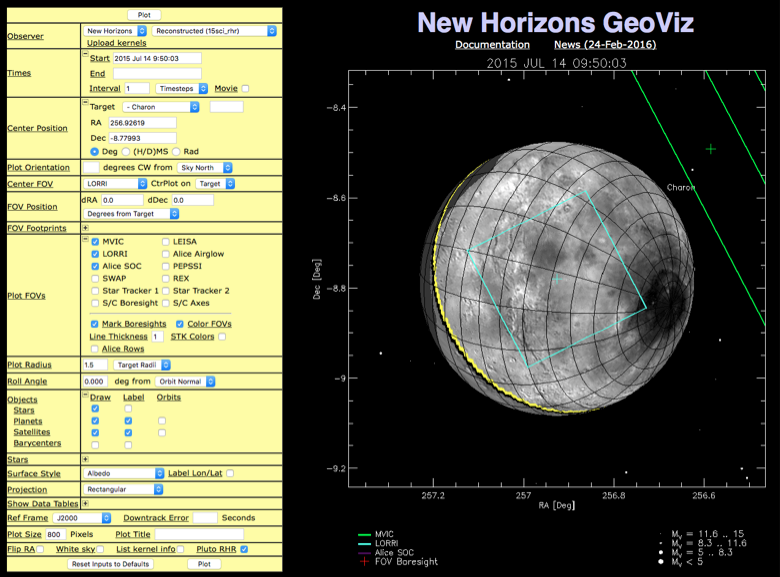- Joined
- Sep 1, 2010
- Messages
- 7,023 (1.29/day)

Pluto behaves less like a comet than expected and somewhat more like a planet like Mars or Venus in the way it interacts with the solar wind.
Previously, most researchers thought that Pluto was characterized more like a comet, which has a large region of gentle slowing of the solar wind, as opposed to the abrupt diversion solar wind encounters at a planet like Mars or Venus.
Since Pluto is the farthest planet in the solar system and because it's the smallest, scientists thought Pluto's gravity wouldn't be strong enough to hold heavy ions in its extended atmosphere. But Pluto's gravity clearly is enough to keep material relatively confined.
The researchers were able to separate the heavy ions of methane, the main gas escaping from Pluto's atmosphere, from the light ions of hydrogen that come from the Sun.
Among additional Pluto findings:
- Like Earth, Pluto has a long ion tail, that extends downwind at least a distance of about 100 Pluto radii, loaded with heavy ions from the atmosphere and with 'considerable structure'.
- Pluto's obstruction of the solar wind upwind of the planet is smaller than had been thought. The solar wind isn't blocked until about the distance of a couple planetary radii (distance between Chicago and Los Angeles).
- Pluto has a very thin boundary of Pluto's tail of heavy ions and the sheath of the shocked solar wind that presents an obstacle to its flow.

New image uploaded by NH team























